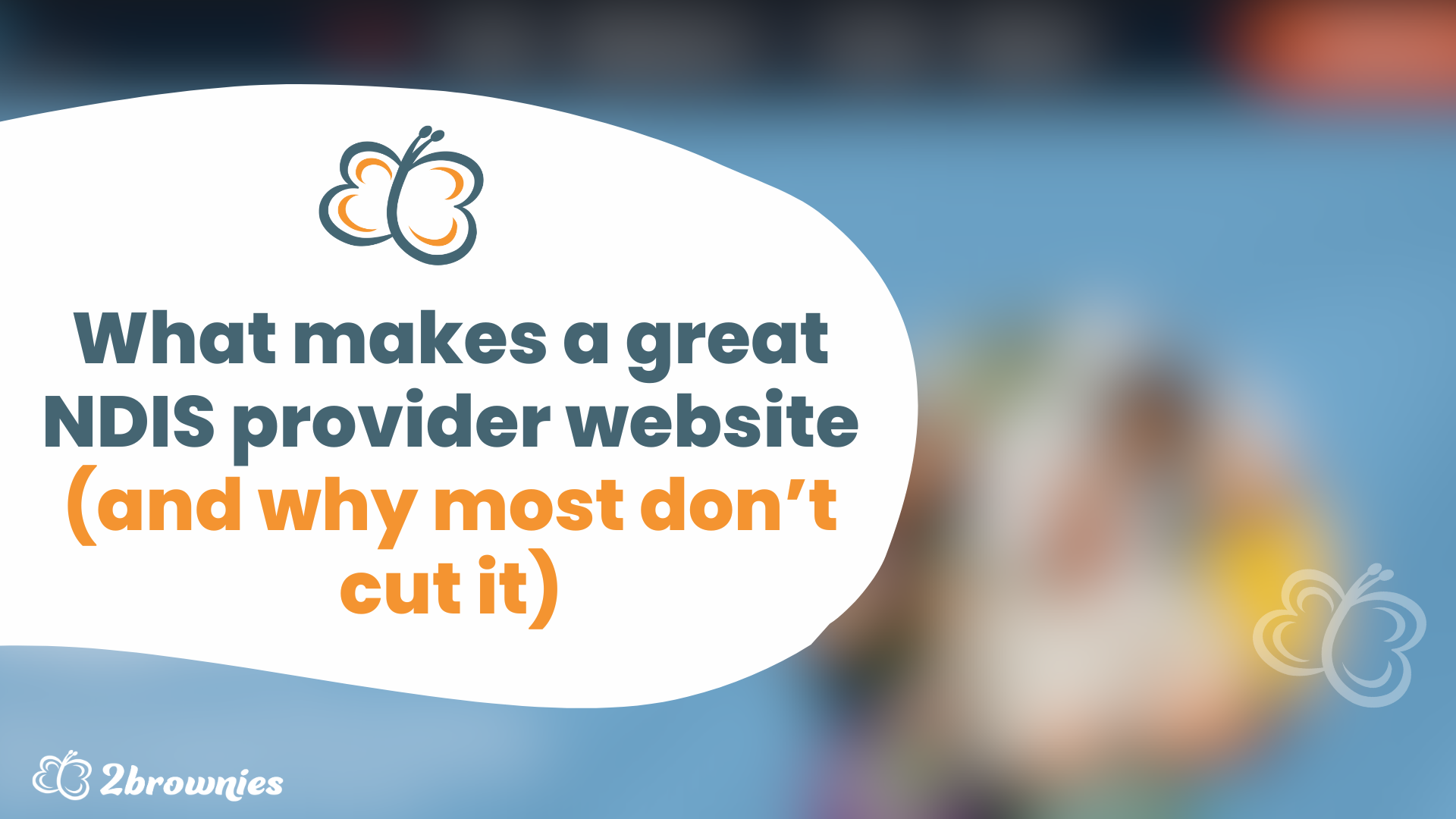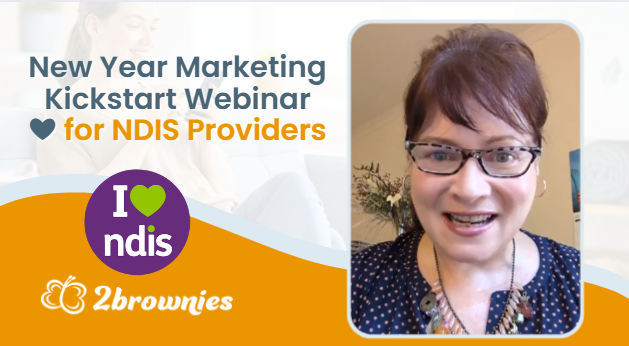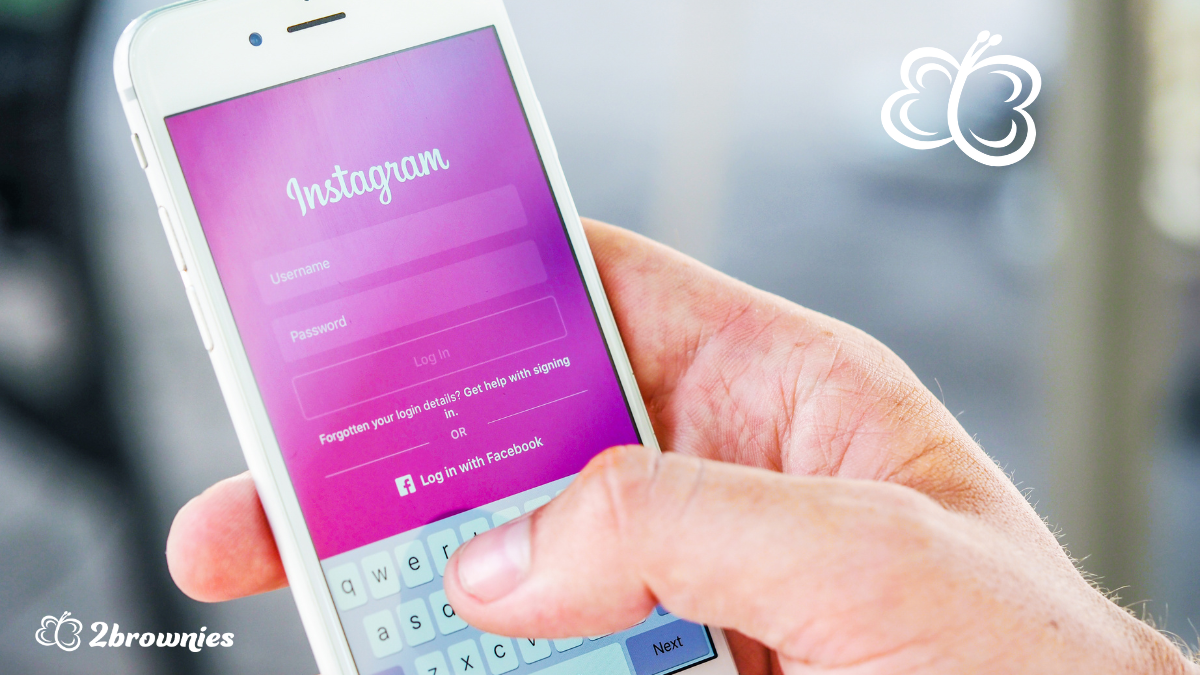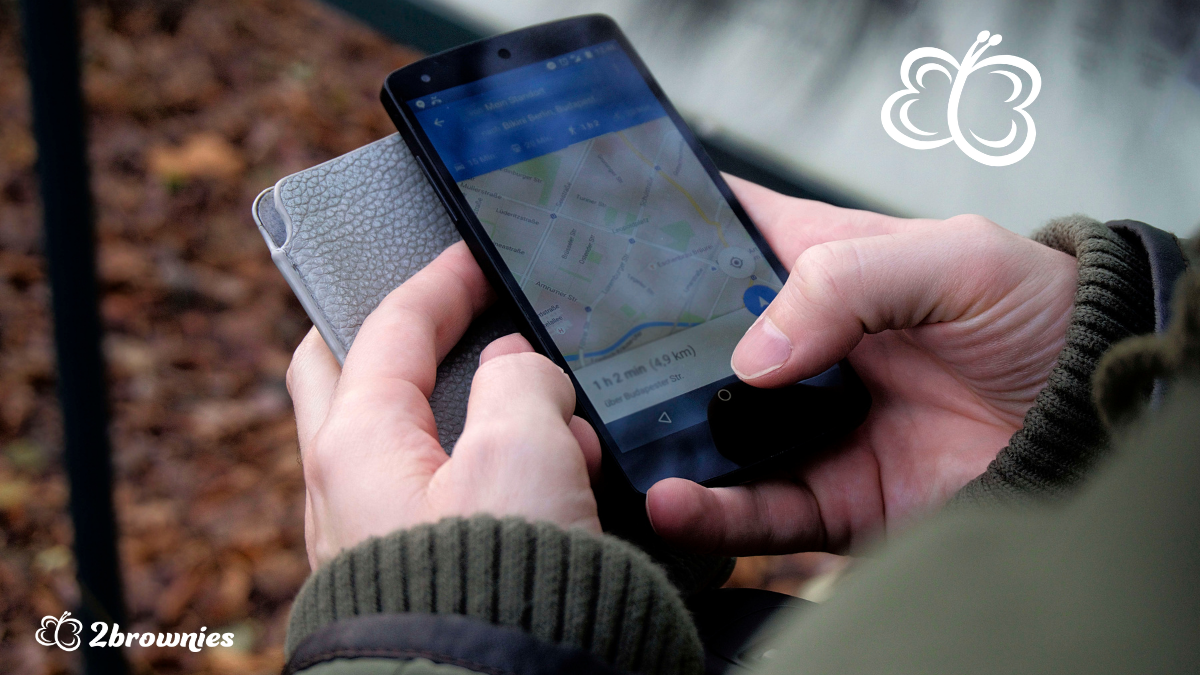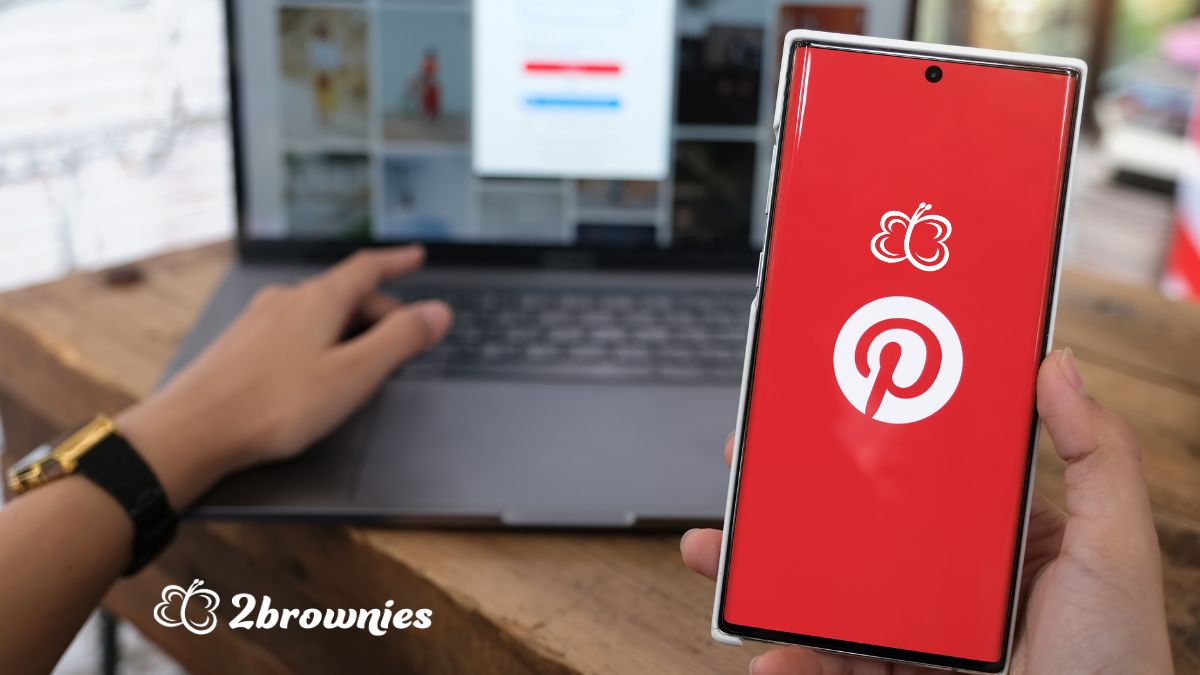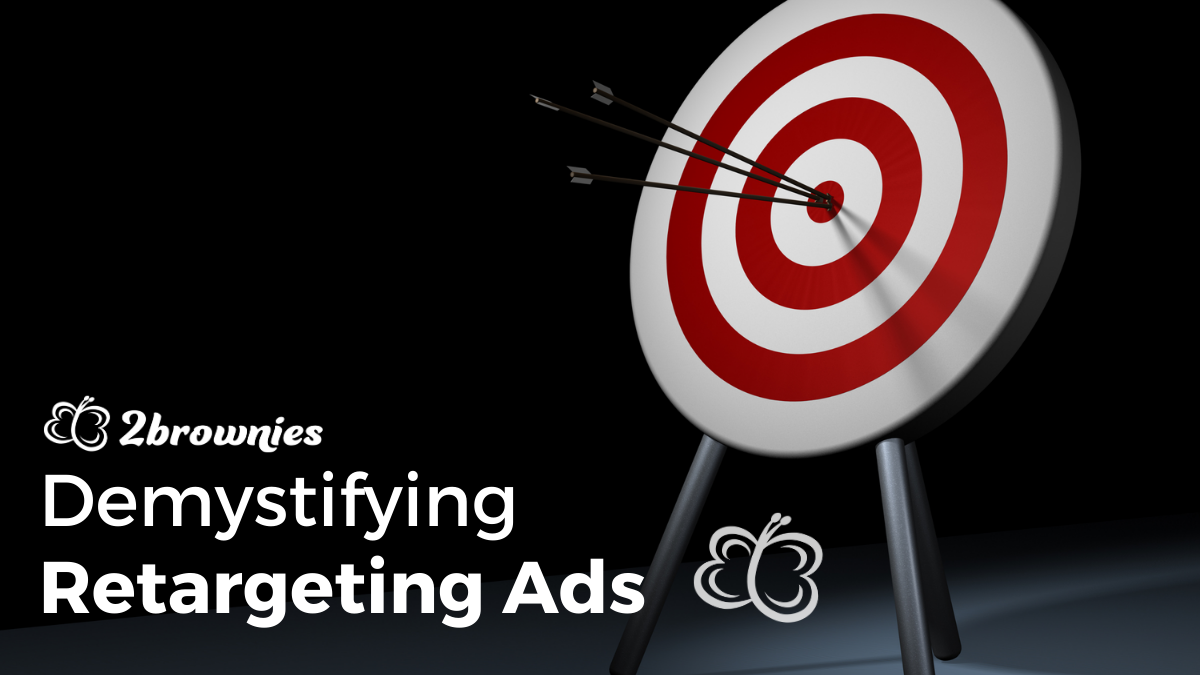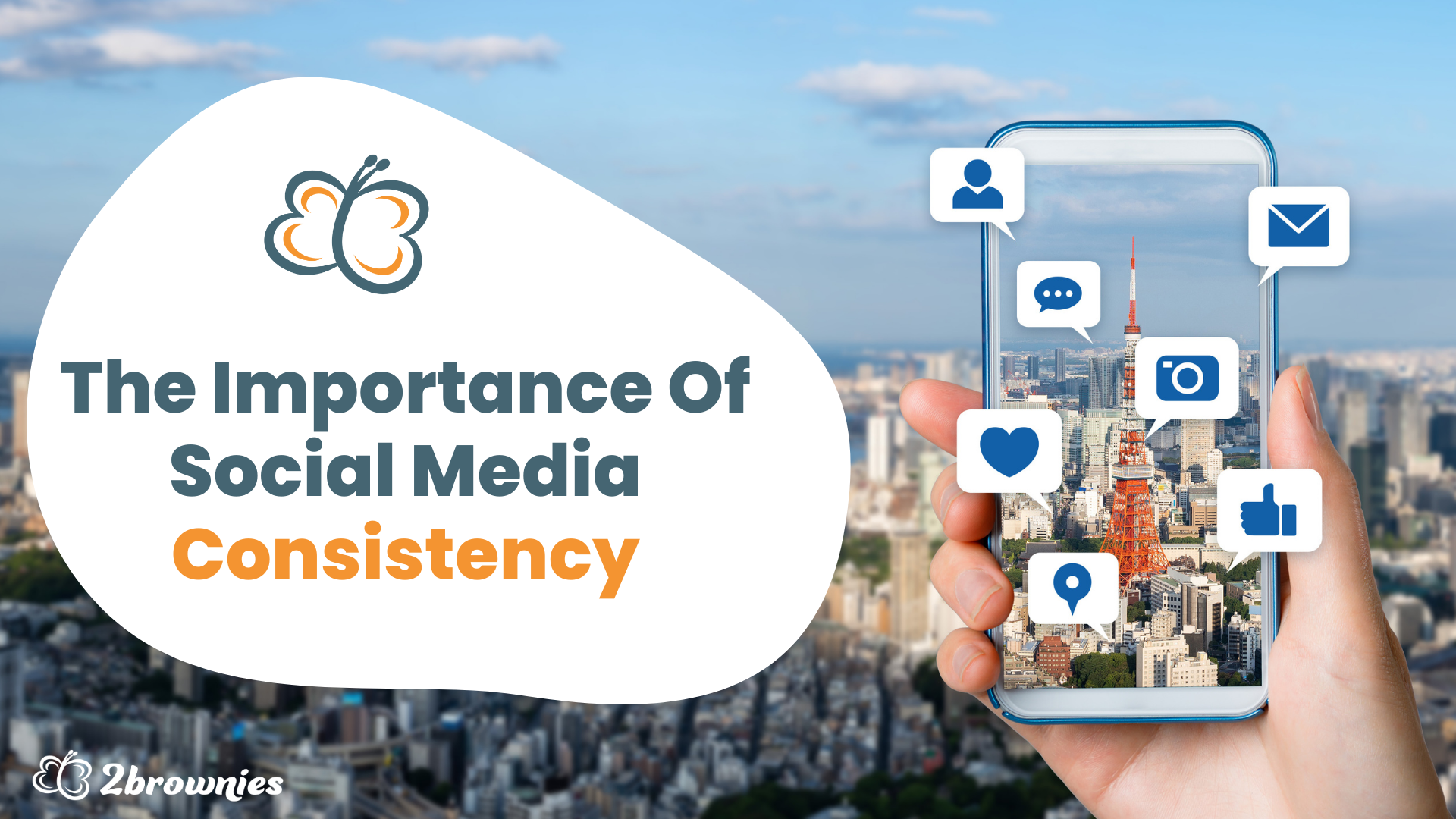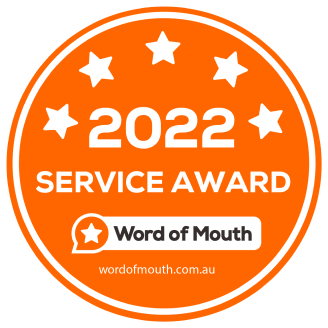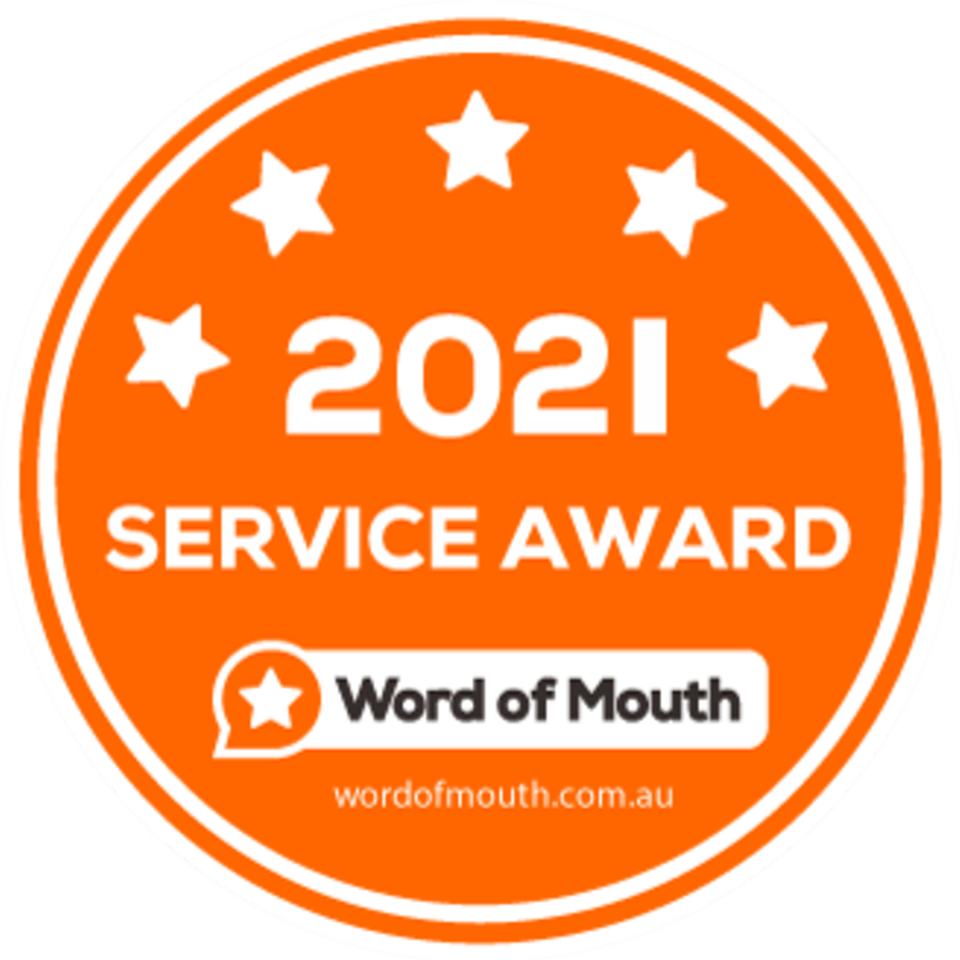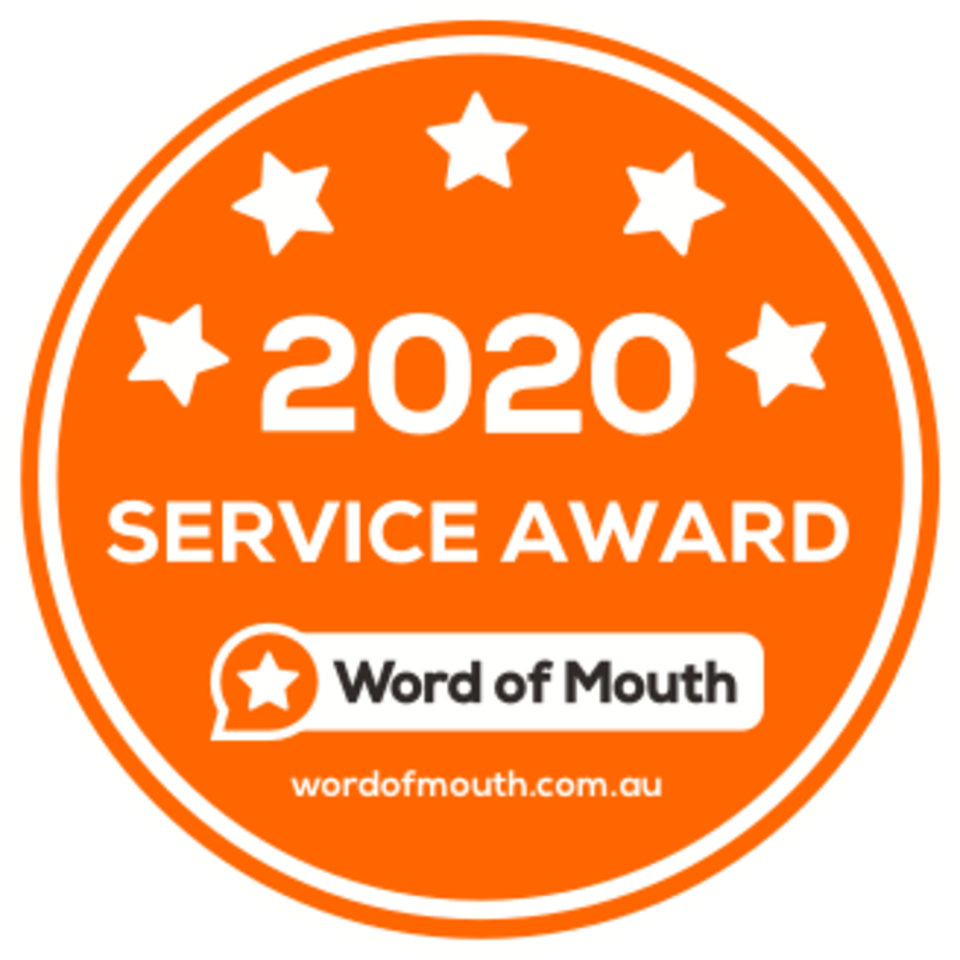Understanding Your Target Audience: A Comprehensive Guide to Creating NDIS Client Personas

Introduction
It’s pretty common for NDIS providers to overlook one of the most crucial aspects of marketing: understanding their target audience. That's why we’ve put together this comprehensive guide to creating client personas, so you can develop a deeper understanding of your potential participants and create marketing strategies that resonate with them.
You don't have to be a marketing expert to grasp the importance of knowing your target audience. In fact, it's a simple yet essential concept to understand, especially for NDIS providers without a marketing team. Without knowing who you are trying to engage and resonate with, it's incredibly challenging to create effective marketing campaigns and see the results you desire.
So, What Are Client Personas for NDIS Providers?
Well, simply put, client personas are fictional, generalised representations of your ideal NDIS participant. They help us understand our clients better and make it easier for us to tailor our marketing efforts to their specific needs, behaviours and goals. Here at 2Brownies, we've seen time and time again the positive impact that well-crafted client personas can have on the success of our clients' marketing campaigns.
Creating client personas might seem like a daunting task, especially if you're just starting out or have limited experience in marketing. But we've got your back! In this comprehensive guide, we'll walk you through the whole process, from gathering information about your potential participants to putting the finishing touches on your client personas.
The Importance of Client Personas for NDIS Service Providers
Understanding your target audience is vital for the success of any business, but it's especially important for NDIS providers. With limited budgets and resources at your disposal, you need to make sure that your marketing efforts are as effective as possible. That's where client personas come in.

Client personas provide a clear picture of who your ideal participants are and what they need from your business. By creating and using these personas (incorporated into NDIS website design and other marketing collateral), you can personalise your marketing messages, making them more relevant and engaging for your target audience. This, in turn, will increase the likelihood that participants and their families will want to get in touch to inquire about your services.
Gathering Information for Your Client Personas
These next steps are only relevant to NDIS providers who have been in business for a while. If this isn’t you, don’t worry! You can skip to the next part where we address your specific situation.
If you ARE a provider who’s been in business a while, read on.
The first step in creating client personas is gathering information about your existing participants and potential participants. There are several ways to collect this data:
1. Participant Surveys - Conduct surveys, either online or in-person, to gather feedback and insights from your existing participants. You can ask about their preferences, needs and pain points, as well as demographics and any other relevant information. If you have this information already as part of your ongoing client relationship management, collate what you can so that you can start to identify key persona traits that are common to most.
2. Social Media - Monitor your social media profiles for participant feedback and engagement. Look for patterns and trends in your audience's behaviour, as well as their likes, shares, and comments. You may find that your client personas go beyond participants to include their family and loved ones, community partners or other supporters.
Once you've gathered enough information, you can begin analysing the data to identify patterns and trends.
Creating Client Personas As a New NDIS Provider Just Starting Out
If you're a new NDIS service provider, the task of creating client personas may seem daunting, especially when you don't have previous participant data to rely on. Don't worry, you're not alone, and this task is far from impossible. A well-crafted persona can help you understand the needs, goals and challenges of your prospective clients, making your services more tailored and effective.
Start with Broad Categories
Begin by outlining a few broad categories of potential clients. Think in terms of age groups, types of disabilities, and the services they might require. Are you focusing on younger people who require early intervention services? Or perhaps adults in need of mobility support?
Research, Research, Research
The next step is immersing yourself in research. Talk to stakeholders like local healthcare providers, community organisers or even family members of those who might require NDIS services. Don’t forget online forums and social media platforms; they’re goldmines for understanding people’s real-world challenges and needs.
Get Creative but Stay Grounded
This is where you can let your creativity shine. Based on your research, create mock-up profiles of potential clients. Give them names, backgrounds and specific needs.
Here’s an example:

Example Persona: Jack, The Tech-Savvy Teenager
Background:
Jack is a 17-year-old high school student who loves video games and coding. He was born with Duchenne Muscular Dystrophy, which has significantly limited his mobility and requires him to use a powered wheelchair. He also has a part-time carer who assists him with daily tasks.
Needs:
- Highly specialised mobility support, including accessible transportation
- In-home personal support services for activities of daily living
- Access to assistive technologies that can support his educational goals
Goals:
- Complete his high school education and pursue a degree in computer science
- Build social connections, both online and offline
- Gain a sense of independence within the boundaries of his condition
Challenges:
- Physical limitations that affect his access to traditional schooling
- Need for frequent medical check-ups and therapies, which can disrupt his daily schedule
- Finding social outlets where he feels included and valued
By creating a persona like Jack, you can better visualise who you're aiming to assist. This helps not just in shaping your services, but also in training your team to understand the specific needs and challenges your participants may face. Remember, the aim is to be as detailed as possible while staying grounded in real-world scenarios.
Test and Tweak
Once you've developed your personas, it’s time to put them to the test. Share them with your team and get feedback. Is there a glaring gap? Have you made an incorrect assumption? It’s alright; this is a process that benefits from multiple iterations.
Make Your NDIS Participant Personas Accessible
Last but not least, ensure that these personas are easily accessible to your team. Whether it's a physical poster in the break room or a digital dashboard that everyone can refer to, visibility is key.
Remember, client personas are not set in stone. As you gain experience and gather real participant data, don't hesitate to update and refine your personas. They're an evolving tool designed to make your services as effective and helpful as possible.
Putting Your Client Personas to Work
Once you've created your client personas (you may have several), it's time to put them to use. Here's how you can integrate them into your marketing efforts:
1. Content Creation - Use your personas to guide the creation of blog posts, videos and other content that will resonate with your target audience.
2. Email Marketing - Segment your email list based on buyer personas and send targeted content that addresses the specific needs and challenges of each group.
3. Social Media - Develop social media messages that speak directly to your client personas, making sure to use language and tone that will resonate with them.
5. Service and Support Development - Use your personas to inform the development of new services or programs, or to identify areas where existing supports can be improved.
Conclusion
Understanding your target audience is essential to your success as an NDIS provider. By creating in-depth buyer personas, you'll gain valuable insights into your ideal participants and be better equipped to craft communications and messages that resonate with them.
Don't be intimidated by this process and remember, we're here to help: at 2Brownies, we're always available to assist with marketing strategies and guidance, ensuring the success of NDIS providers across Australia. For
NDIS provider marketing services, contact us today on 1300 608 114.
✳️ This article was recently featured on Medium.
We’re proud to help NDIS providers build websites that work — not just look good.

About the Author
Our General Manager, Vanessa, has a background as a business consultant and loves to share her experience and perspective with our clients and readers. If you have questions about your own NDIS provider business, chat with Ness anytime on 1300 608 114 or
find Ness on LinkedIn
or follow Ness for NDIS Provider insights on Medium.
Learn more about Vanessa
here.

